压阻式传感器的应变与温度交叉灵敏度分析
Analysis of the Strain of Piezoresistive Sensor and Temperature Crossed Sensitivity
ZHAO Fan
(Shanxi University of Technology, Hanzhong 723003, China)
Abstract: With the help of Thaler expanding formu la of dualistic function, the author gave the formula of computing the strain a nd temperature crossed sensitivity, explained the physical meaning. Combining real measurement data, he evaluated the crossed sensitivity.
Key words: piezoresistive sensor; strain; temperature; crossed s ensitivity
压阻式传感器是在圆形硅膜片上扩散出四个电阻,这四个电阻接成惠斯登电桥。假设四个扩散电阻的起始电阻都相等且为R,当有应力作用时,两个电阻的阻值增加,增加量为ΔR,两个电阻的阻值减小,减小量为ΔR;另外由于温度影响,使每个电阻都有ΔRT的变化量。若电桥的供桥电压为U,则它的输出电压为:

式中:πL—压阻系数;E—电阻半导体材料的弹性模量;S=πL·E—传感器的灵敏度。
根据四个电阻本身的温度特性,设它们的温度系数为α,则:

当传感器受应变ε和温度T的作用,则由泰勒公式在初始应变ε0和环境温度T0下将式(4)展开得:
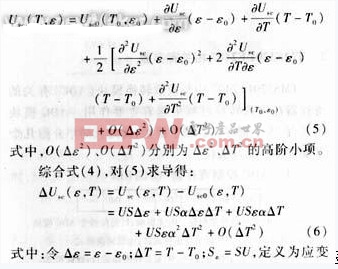
灵敏度,当不考虑温度影响时,该项为常值;SεT=USα,定义为应变与温度的交叉灵敏度。
第三项、第四项及以后各项为温度变化项,忽略掉ΔT的高阶项,温度与传感器的输出呈线性关系,令ST=USεα,定义为传感器的温度灵敏度。忽略掉高阶项,式(6)又可写为:





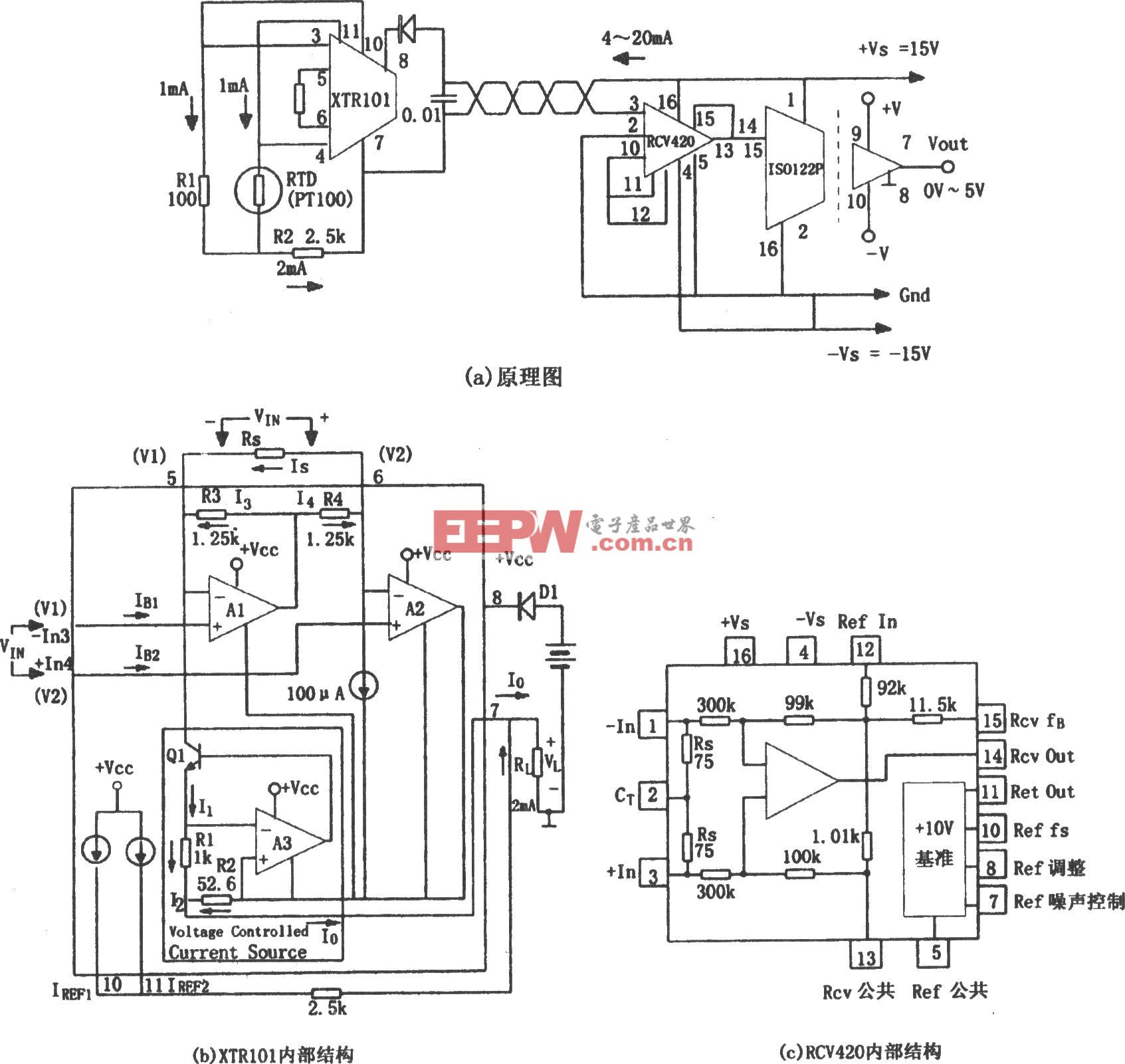

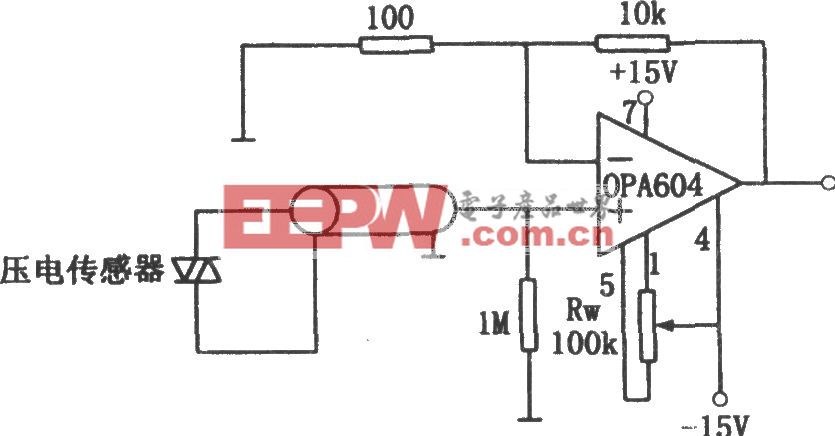

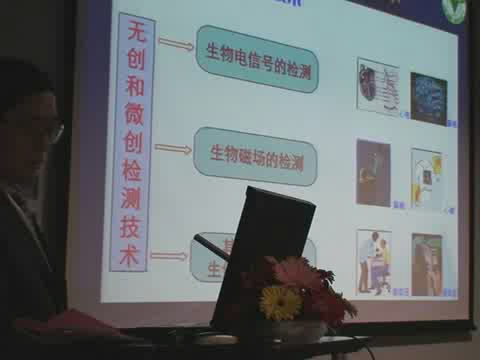



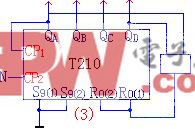
评论